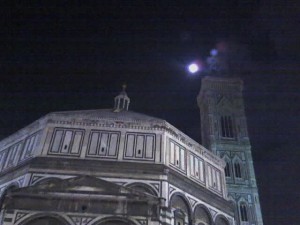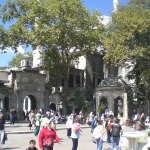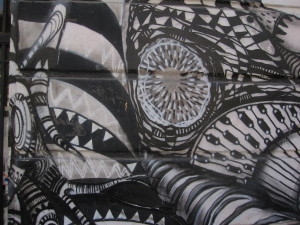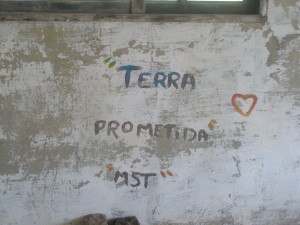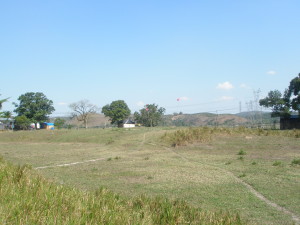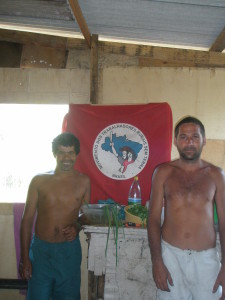Lamberto Tassinari
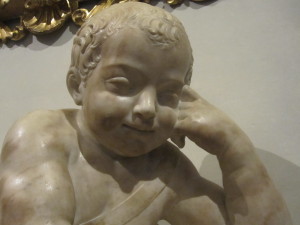
In una piega informatica del mio computer si trovavano (da quanto? tempo?) quattordici pensamenti…e lì si trovano ancora: ma ho deciso di trasferire le loro sembianze, il loro avatar qui, affinché qualcun altro, forse, li legga perché come sostiene un grande amico lontano ma vicino, malgrado tutto: “fanno riflettere”. Sperando che sia davvero così, li varo (non tutti insieme ma 7 alla volta, sì, perché 7 è il numero della pienezza, della perfezione) fragile barchetta di carta, nel mare magnum dell’immateriale rete grande come il mondo.
TRADIZIONE
Si sa che è solo questione di tempo e che tanto o poco, di tempo, è lo stesso. Eppure, malgrado ciò, si dà un’importanza incredibile, nel frattempo, alle cose che si ripetono, apparentemente identiche. Questa ripetizione costituisce: la tradizione. Tale tempo, in cui gli antenati, i venuti prima, i già vissuti, facevano e dicevano, possono essere secoli : quattro, cinque, sei o sette oppure qualche migliaio di anni ma non più di cinque o seimila. Perchè, come i giri del motore, dopo qualche migliaio si sballa : non c’è quasi più Storia oltre i cinquemila giri. O meglio, c’è umanità, ma non così riconoscibile come quella sotto i cinquemila. A diecimila non c’è quasi più nulla, come alle grandi profondità quando ogni forma di vita si fa rara. Eppure anche diecimila anni veramente non ci impressionano perché se misurati da geologo sono pochi, da astrofisico, nulla, da filosofo, tutto e nulla. Solo per gli storici sono tanti, troppi. Allora? E’ inutile gonfiarsi col tempo.
NAZIONALISMO 1
A formare il nazionalismo storico, quello che decolla in Europa alla fine del Rinascimento ma iniziato già secoli prima, hanno contribuito forze profonde, economiche, religiose, ideologiche. Forze che tendevano tutte congiuntamente alla realizzazione dell’unità nazionale che si realizzerà progressivamente con la « liberazione delle masse » e allo stesso tempo con la costituzione di un’economia capitalistica nazionale, di una chiesa nazionale e così via, il tutto in un mercato mondiale. Oggi queste forze centripete non agiscono più nello stesso senso, nella stessa direzione nazionale, ma sono diventate centrifughe, di conseguenza il nazionalismo si è ridotto a un desiderio ideologico-volontaristico, malinconicamente nostalgico. Una forza debole, centripeta che risulta insufficiente a produrre l’effetto desiderato, impotente contro le forze opposte della globalizzazione che oggi ci appare « cieca », ossia il cui orientamento ci è impossibile cogliere immersi come siamo dentro il movimento.
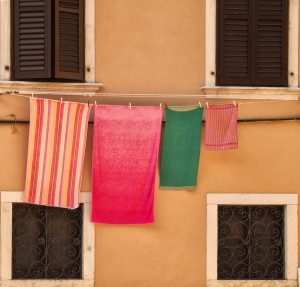
NAZIONALISMO 2
Il virus della nazione, come tutti i virus, colpisce in modo particolare gli individui più deboli. Penso a quegli uomini e a quelle donne che, per ragioni diverse, si ritrovano con un sistema identitario malandato. Tutti quelli che hanno difficoltà a identificarsi, a stare nella vita, che hanno bisogno di « sostegno », di « compagnia », tutti loro, più facilmente degli altri, sono vittime del virus della Nazione, della Patria con la p maiuscola. Questa gente finisce per sviluppare la sindrome nazionalista che si presenta in varie forme, dalle più leggere e benigne alle più gravi e fatali, il cui ultimo stadio è il nazismo. Molto spesso i diffusori di questo virus sono portatori sani che non fanno che trasmetterlo ai più deboli allo scopo ultimo di dominarli.
CORPO VIVENTE
E’piccolissimo o grandissimo, come tutto ciò che esiste, indefinibile come il tempo. Per corpo, intendo organismo, vivente. Come il nostro che inizia a vivere così e che cessa di vivere (non di essere), così, per infinite ragioni. Ragioni che possono essere esterne : violenza di guerra, volontà aggressiva di altri corpi o di forze naturali. O interne : micro organismi, (piccolissimi corpi) o disfunzioni organiche. Di corpi se ne consumano quanti se ne fanno, senza sosta : di buoni e di cattivi, durano più o meno, in ogni caso si riproducono con sbalorditiva facilità e non finirebbero mai. Il grande corpo di Gaia sforna corpi senza sosta : macrocosmo, come è stato detto, pieno di microcosmi.
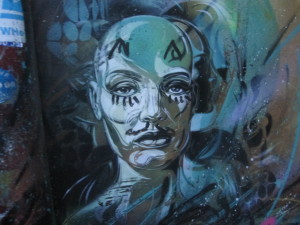
I corpi si somigliano tutti, sono la stessa cosa. Mutano segretamente per divenire ciò che sono, che sono sempre stati. Anche quando sono mutati tanto da essere irriconoscibili rispetto a ciò che erano, il principio che li ha fatti mutare, per cui mutano, era già : questo vale per tutte le mutazioni, anche le più strabilianti che sono sempre in corso.
STORIA
Non credo nella disciplina, la storiografia, né nel suo oggetto, il tempo che essa trasforma in Storia. Come le leggi della fisica classica non valgono più a elevatissime temperature o a una velocità superiore a quella della luce, lo stesso la Storia a diecimila anni sballa e diventa paleontologia. Per me Storia è dare uno sguardo a fatti di un certo tipo, avvenuti tra l’ora e il prima, per stabilire un confronto, per procedere a una semplice verifica nel brevissimo periodo, senza la pretesa di trarne conclusioni universali, senza voler imparare o insegnare qualcosa “per il futuro” incommensurabile. Perché, generalmente parlando, tutto è avvenuto. In ogni arte e nel pensiero e nella vita: tutto è stato fatto, detto, pensato. La frustrazione che alcuni credono una tale visione provochi, esiste solo per chi, come loro, crede nel progresso, appunto nella Storia. Ossia per chi è convinto che le cose non solo migliorino ma che divengano altro, che si realizzino. Solo per loro è insopportabile e scandalosa l’idea che non si possa “far meglio”. Per chi invece sa che la freccia del tempo non ha mai filato da sinistra a destra portando sempre del Nuovo, non c’è scandalo. Non è giusto, ovviamente, dire che la Storia finisca. Perché non è mai cominciata. L’inizio della Storia è stato un atto di volontà, il fiat arrogante di un parvenu. E’ stato un abbaglio, un’idea condivisa da un certo numero di persone viventi per un istante di qualche secolo e da loro imposta violentemente al Mondo. Anche il progresso scientifico e tecnico, quello che a tutti, quello sì, sembra davvero e chiaramente portare senza sosta del nuovo assoluto, è un abbaglio perché non fa che ‘re-inventare’ ciò che il mondo è. Riproduce, proietta fuori dell’essere umano le formule di complessità esistenti da sempre nella materia: conosce riproducendo. S’illude di creare e non fa che ripetere. Sillaba ciò che esiste.
INDIVIDUALITÀ CREATRICE
La convinzione di essere unici è la più patetica. Nelle società moderne, organizzate, dal Seicento per farsi un’idea… storica, è diventata un’ideologia. Lo spazio in cui opera è il mercato. L’unicità ha un valore, per questo la cosa prodotta, che è diventata una merce, va affermata e difesa. Ogni pensiero o manufatto (opera) che produce ciascun individuo è pensato come unico e va documentato (trascritto, datato, catalogato, conservato) per distinguerlo dagli altri. Ognuno ha un copyright e guai a copiare! Queste opere sono tutte spalmate sul tempo, una prima una dopo, con numeri al lato, l’anno e il giorno fissato, a volte anche l’ora. E il prima e il dopo generalmente hanno un significato netto, una logica in base alla quale non si può aver pensato o fatto una cosa prima di una certa data! Questo modo di ragionare si chiama storicismo. Quando accade che questa regola non venga rispettata e la legge della proprietà intellettuale venga infranta, allora si parla di plagio, se la fonte precede, se invece segue di anticipazioni precorritrici, profetiche, visionarie che non possono essere perseguite legalmente.
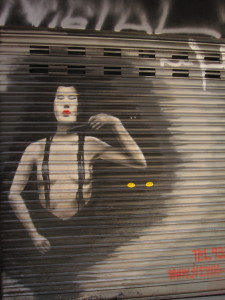
MOVIMENTI
Si può anche dire che la Storia è l’insieme dei fatti, dei movimenti nel Tempo. Dapprima sono stati raccolti, selezionati solo quelli degli individui importanti, le res gestae, poi la Nouvelle Histoire si è interessata quasi a ogni tipo di fatti della gente comune. La Storia in fin dei conti è l’insieme di ciò che accade, o meglio di ciò che appare essere accaduto. Certo, l’Europa feudale non è l’Europa borghese, il feudalesimo è un fenomeno storico altro dal capitalismo che è venuto in seguito così come l’adolescenza segue da sempre l’infanzia. Insomma, si può continuare per comodità metodologica e a breve termine, a parlare di Storia.
Tutto ciò che accade è movimento, movimento nel tempo. Ogni vita, dalla più effimera alla più duratura, è fatta di movimenti. Le cose che stanno immobili, come le rocce e le montagne, quasi non cambiano o si trasformano molto lentamente, quelle invece che si muovono cambiano visibilmente e più velocemente si muovono più cambiano forma. Come non si sa dove vanno “i movimenti” – dove scompaiano i gesti della mano, l’ondeggiare dei rami, delle foglie, dei capelli, i passi e tutto ciò che si muove – così non si sa dove va ogni vita che è l’insieme di tutti i movimenti di ogni corpo vivente, di ogni cosa che esiste.
Non si sa dove vadano come non si sa, non si capisce dove avvengano, in che luogo, condizione e stato siano le cose. Non sapendo cosa siano e da dove vengano i corpi e tutto ciò che costituisce il Mondo, si può dire che i movimenti non esistono e con loro il Tempo e lo Spazio entro cui sembra che le cose accadano.
* * * * *

